(ECNS) -- "Superb liquor, it lives up to its name; a unique fragrance, from this wonderful land."
The aroma of Chinese baijiu has infiltrated the long history of Chinese culture. Maotai-flavor liquor features a mellow and delicate taste.
It is recorded in history that Han dynasty Emperor Wu dispatched Tang Meng in the sixth year of his reign (135 B.C.) as an envoy to a town in south China.
After drinking the liquor produced there, Tang brought it back to the capital city Chang'an (Today's Xi'an).
In the late Ming and early Qing dynasties (1600-1644), the process of using distiller yeast in saccharification, fermentation and distillation had gradually matured.
After continuous improvement, the world-famous Moutai-flavor baijiu was produced. Fen-flavor baijiu is refreshing, with soft aftertaste.
In the mid-Qing Dynasty (1728-1820), in order to improve quality, some workshops cooled the liquor in tin pots. Only the purest liquor cooled in the pot for the second time was kept.
That light-aroma type is called Fen-flavor baijiu. Luzhou-flavor baijiu has a strong aroma and lingering aftertaste.
Old cellars exceeding a century in age provide the foundations for making Luzhou-flavor baijiu.
The old cellars, after a long time in use, produce a special aroma due to the fermented microorganisms, infusing the distilled liquor.
Today, Chinese baijiu is billed a "business card" of China, vividly showing the charms of China's drinking culture!









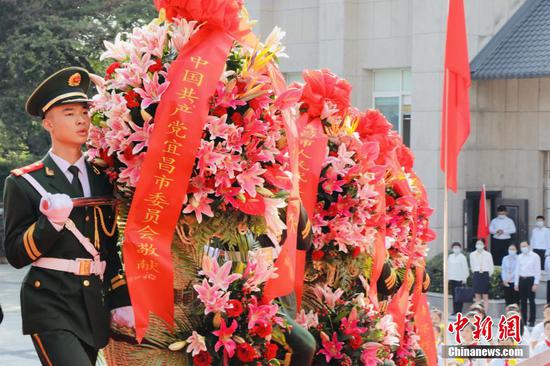
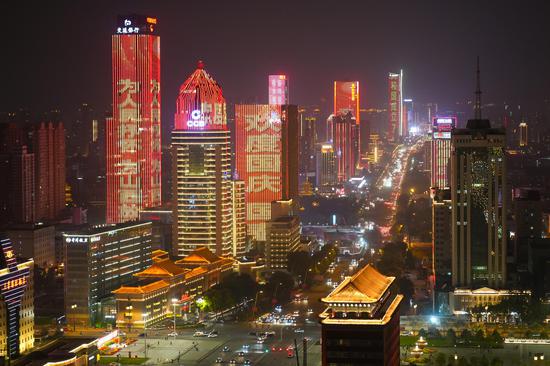


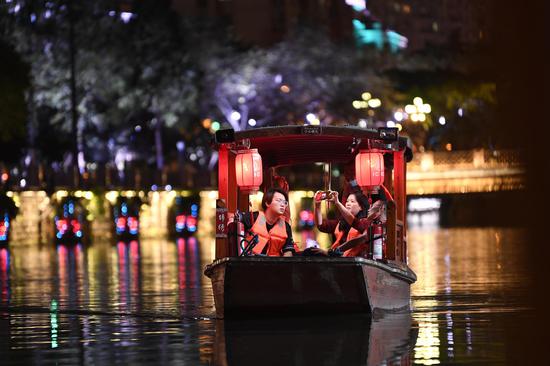

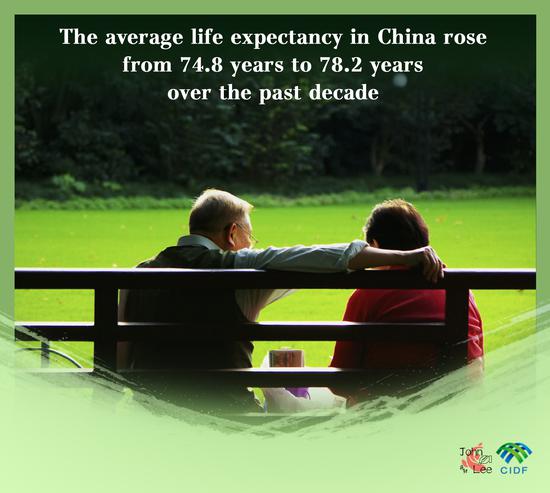

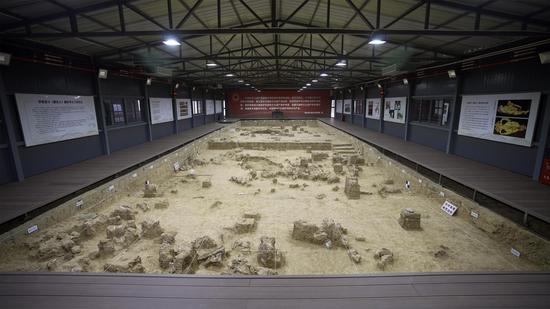
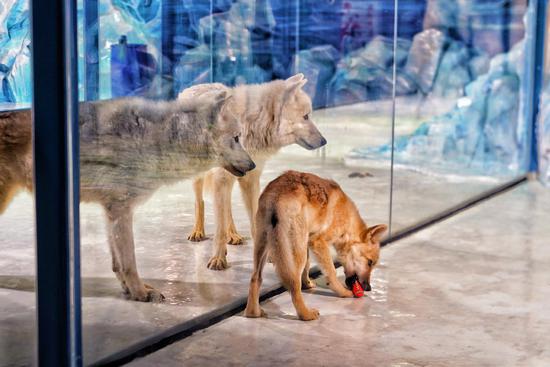
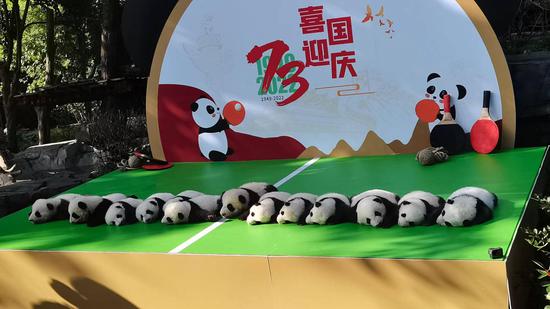



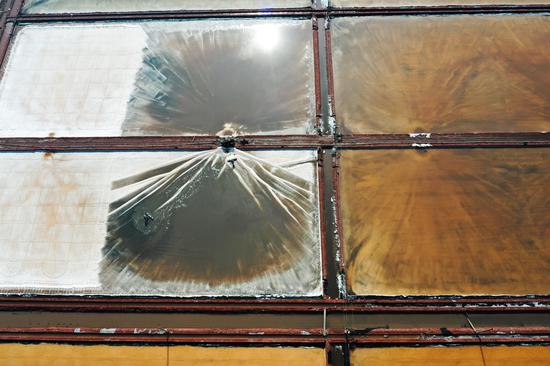


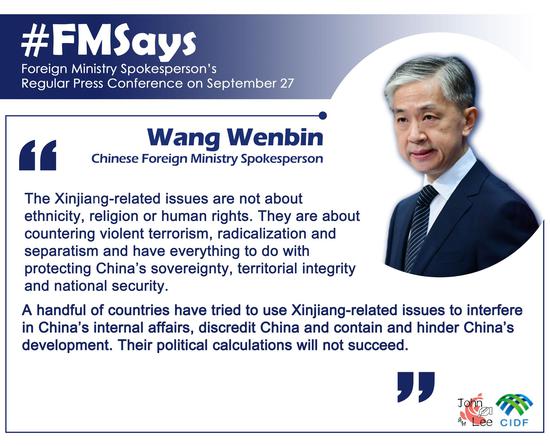
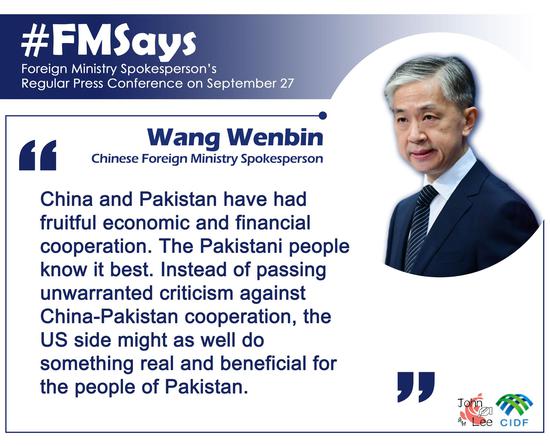

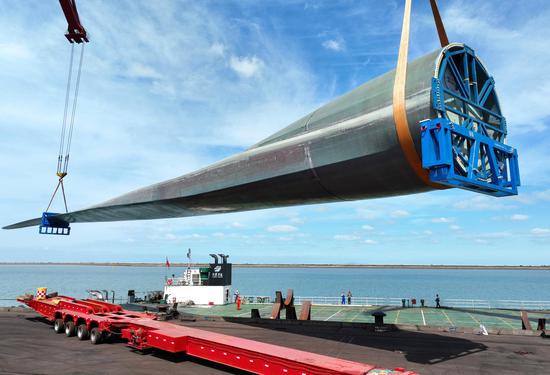


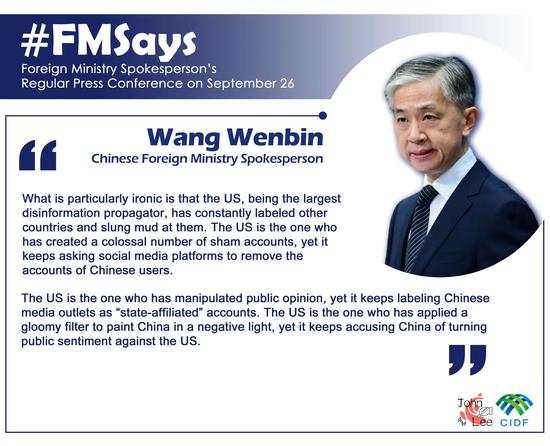

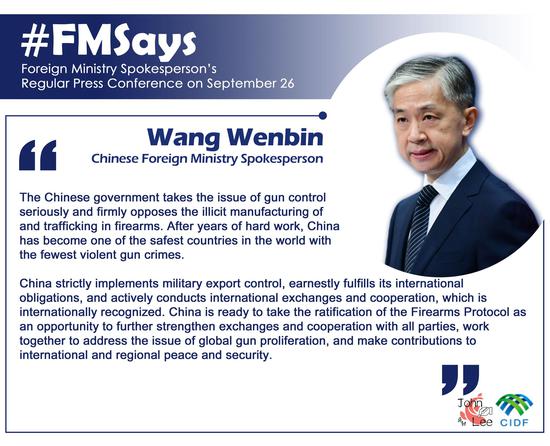
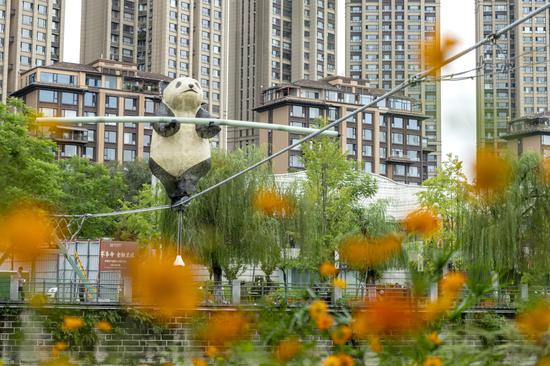

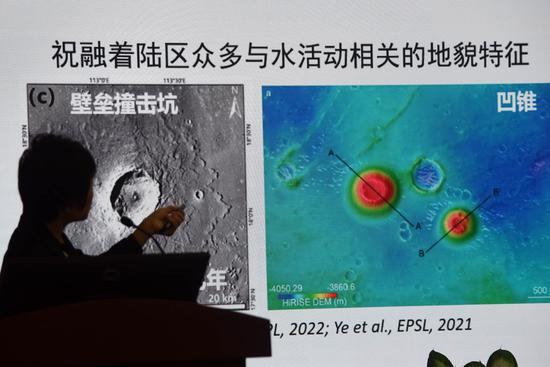




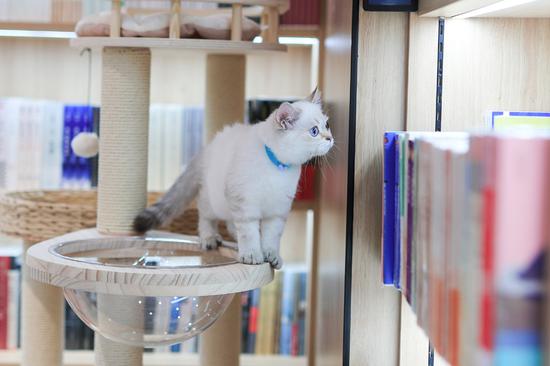
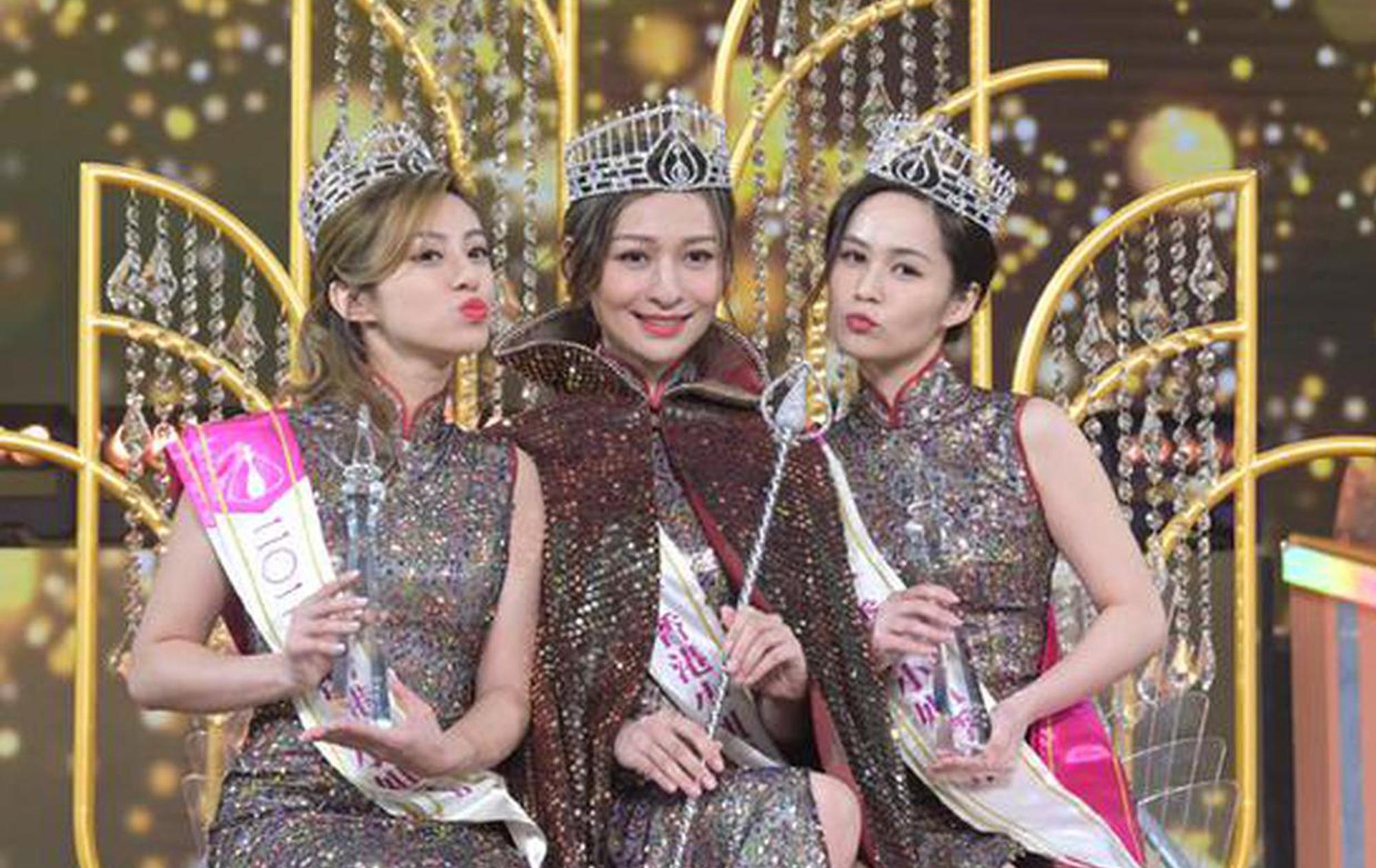
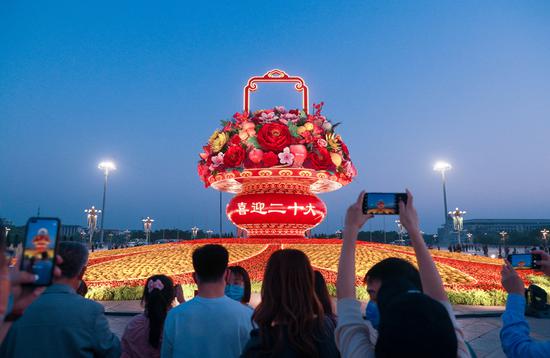

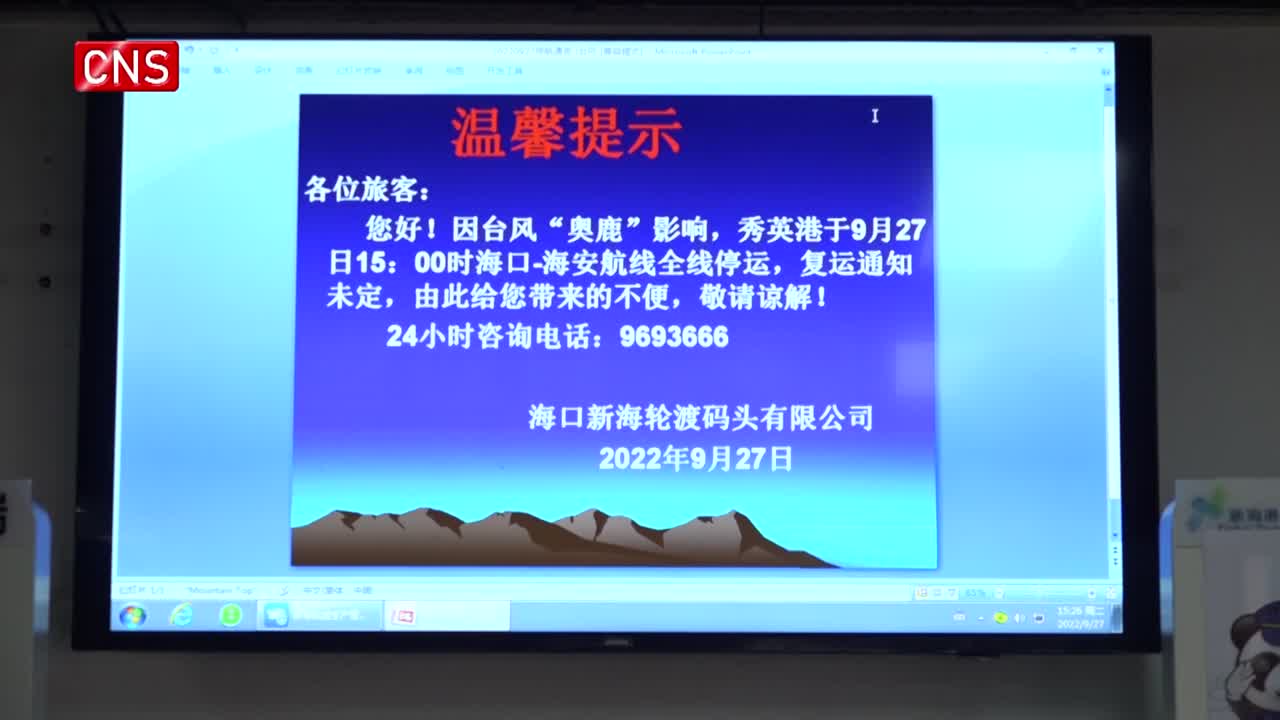

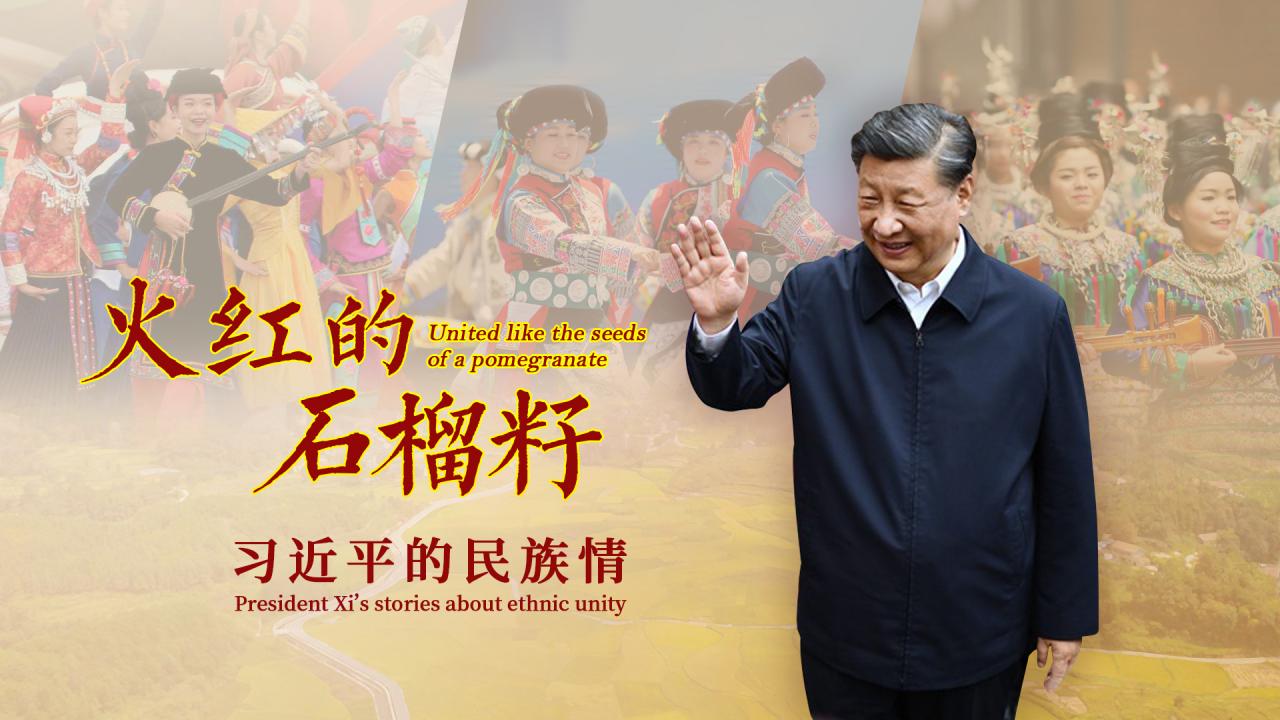

 京公网安备 11010202009201号
京公网安备 11010202009201号